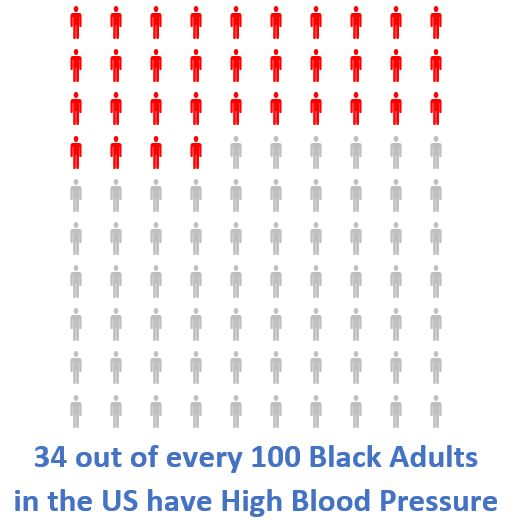According to the 2017 American College of Cardiology and American Heart Association hypertension guidelines, the threshold for diagnosing hypertension is now defined as ≥130/80 mm Hg.1 The previous threshold from the 2003 JNC7 guidelines was ≥140/90.2,3 This change raised the number of people diagnosed with hypertension significantly.1
Muntner et al. performed an analysis of the impact of the new guidelines on the US population.4 They used the 2011 – 2014 National Health and Nutrition Examination Survey data (n=10,907, ≥20 years old) to determine the percentage of adults with hypertension in the US population and within different racial, ethnic, and gender subgroups comparing the 2017 versus the 2003 JNC-7 guideline thresholds for hypertension diagnosis. This analysis found that 34.4% of all Hispanic adults meet the criteria for hypertension diagnosis (95% confidence interval [CI] [31.8 – 37.1]). That is 11.3 million Hispanic adults with hypertension. Among Hispanics in the US, 21% (95% CI [18.7 – 23.8]) met the 2003 JNC-7 criteria for hypertension diagnosis.
References
- Whelton PK, Carey RM, Aronow WS, et al. 2017 ACC/AHA/AAPA/ABC/ACPM/AGS/APhA/ASH/ASPC/NMA/PCNA guideline for the prevention, detection, evaluation, and management of high blood pressure in adults: executive summary: a report of the American College of Cardiology/American Heart Association Task Force on Clinical Practice Guidelines. Hypertension 2017.
- Chobanian AV, Bakris GL, Black HR, et al. Seventh report of the Joint National Committee on Prevention, Detection, Evaluation, and Treatment of High Blood Pressure. Hypertension 2003; 42 (6): 1206-1252.
- James PA, Oparil S, Carter BL, et al. 2014 evidence-based guideline for the management of high blood pressure in adults. JAMA 2014; 311 (5): 507-520.
- Muntner P, Carey RM, Gidding S, et al. Potential U.S. population impact of the 2017 ACC/AHA high blood pressure guideline. J Am Coll Cardiol 2018; 71 (2): 109-118.


.png)